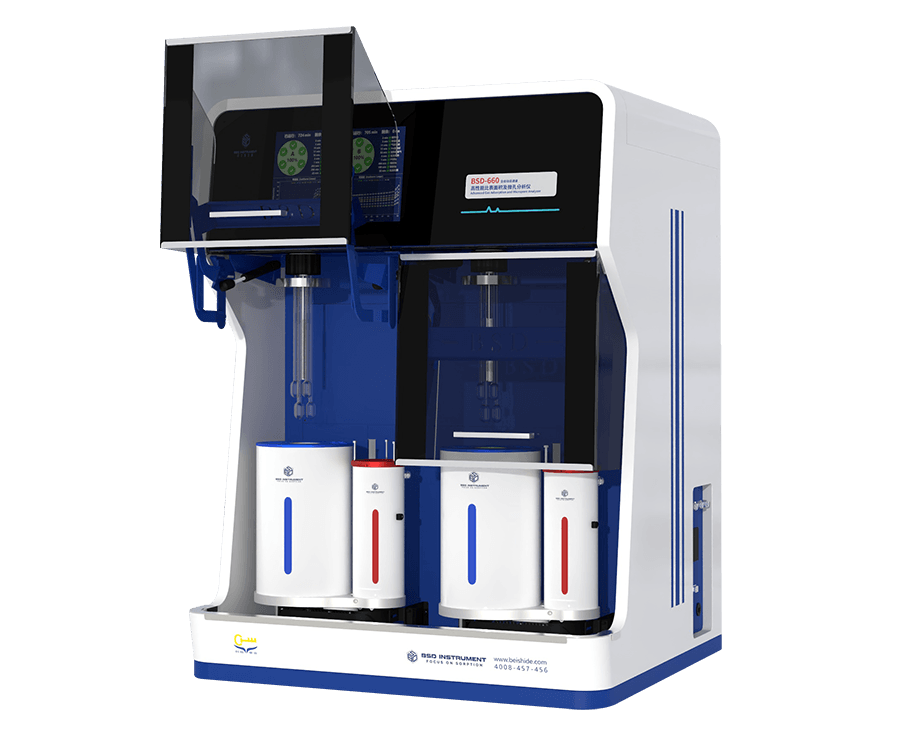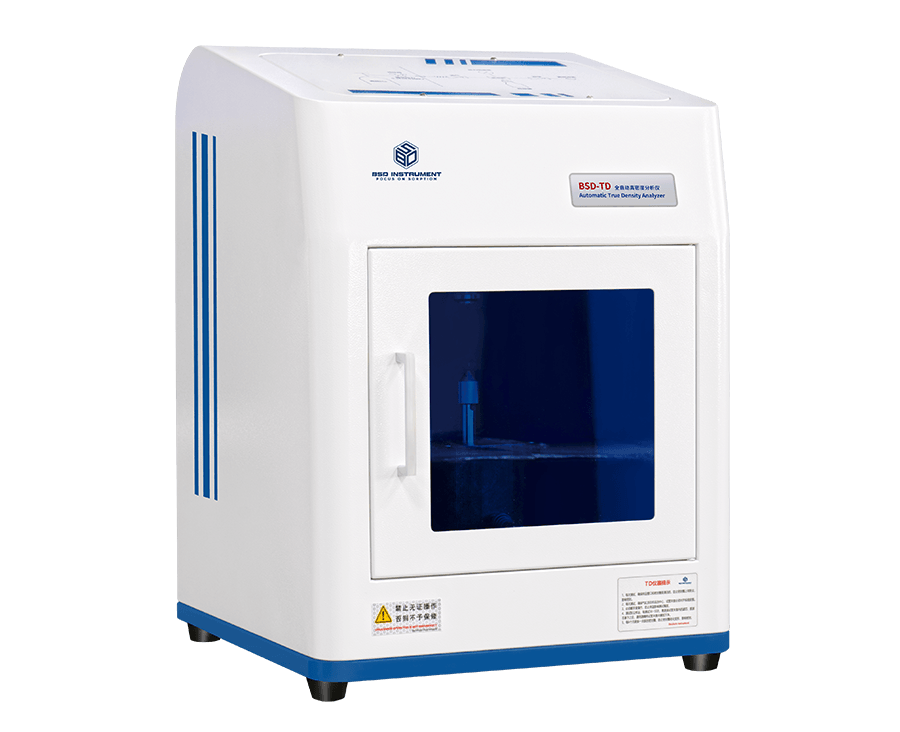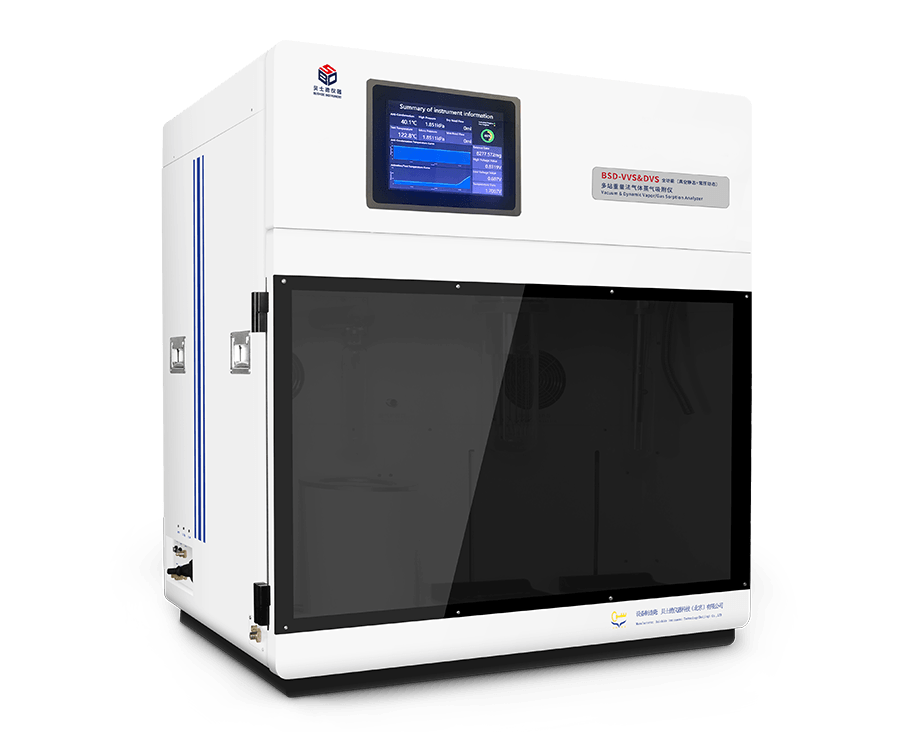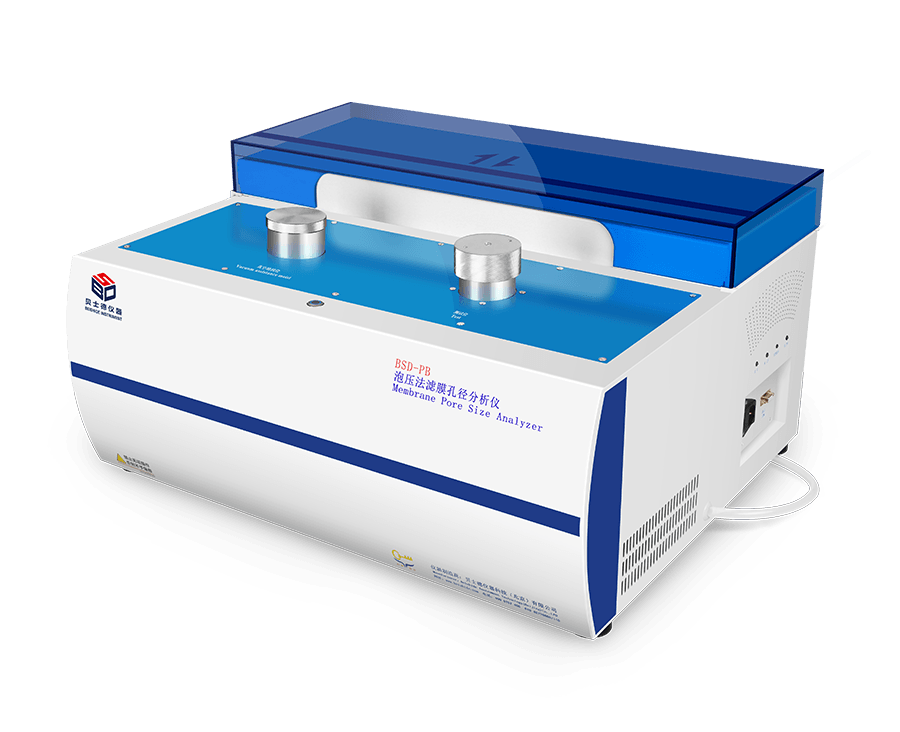According to the pharmacopoeia recommendations, we have several instruments that can be used for the characteristic analysis of pharmaceutical powder materials, such as particle size, porosity, skeleton volume, skeleton density, and vapor hygroscopicity analysis.

0991-Specific surface area determination method
specific surface area, pore size distribution, pore volume, BET specific surface area
0992-Solid Density Determination Method
Sample Category: Powder, Small Particles or Tablets
Test Item: True Density (Skeleton Density), Skeleton Volume, Porosity, Open Porosity, Closed Porosity
Skeletal density: The ratio of a material's mass to its skeletal volume, which is the volume of the particles excluding any inter-particle voids or open pores.
Solubility, Dissolution Rates (hygroscopicity evaluation)
Medical and pharmaceutical Membrane or Filters
filter membrane, breathable membrane, non-woven fabric, filter element, flat membrane, ceramic flat membrane, hollow fiber membrane, tubular membrane, filter element
Test items: maximum pore size (bubble point pore size), minimum pore size, average pore size, pore size distribution, gas flux, gas permeability







